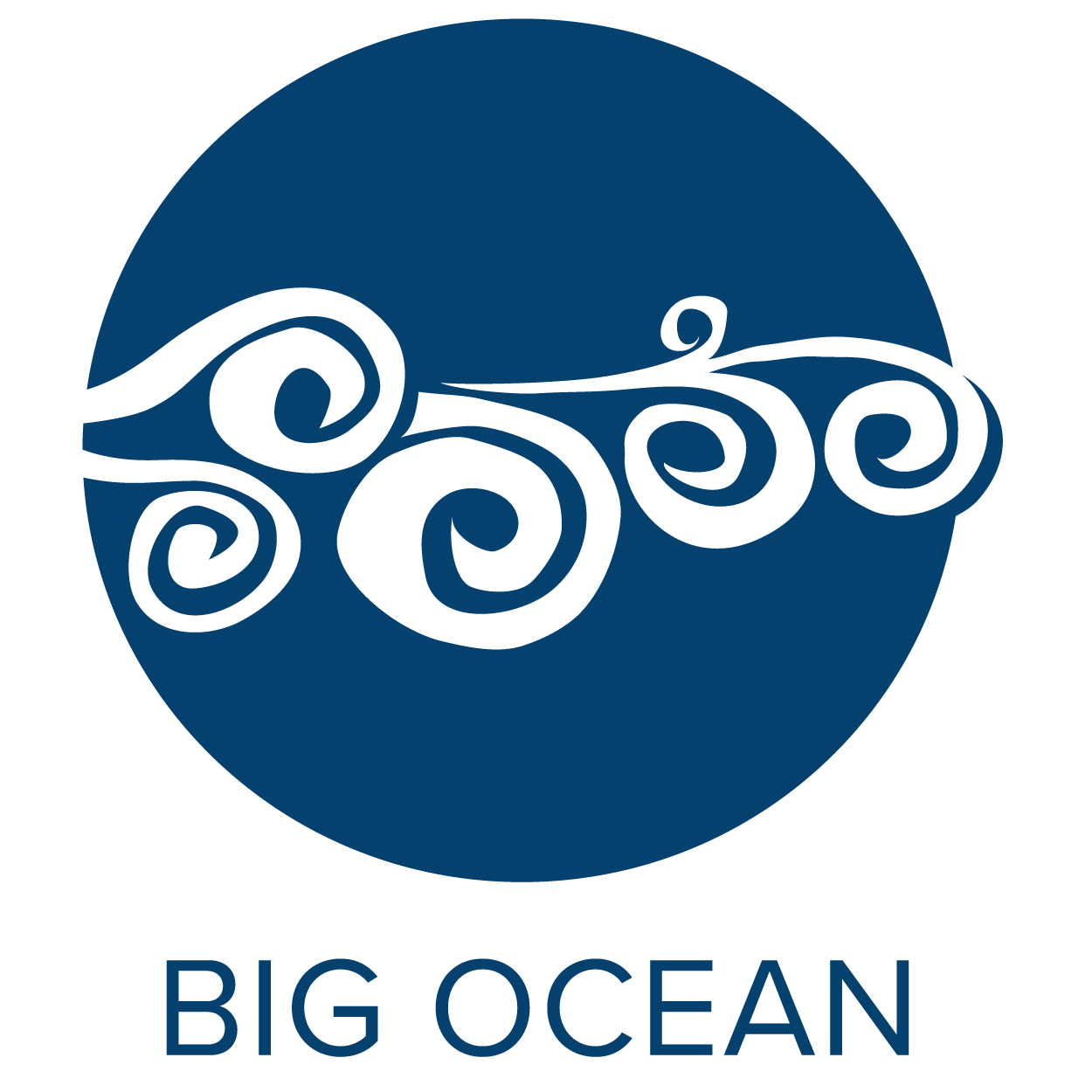Seamounts in New Caledonia
IRD - Laurent Vigliola
Getting to know the Natural Park of the Coral Sea’s Seamounts
Imagine an underwater mountain covered with forests, corals, sponges , anemones, acting simultaneously as a shelter against currents, a breeding ground, a rest area and a food larder for multiple species…. you are getting a glimpse at a seamount which scientists consider as a genuine oasis of life at the heart of the ocean’s deep-sea ecosystem. These former volcanos, with or without flat tops, rise from the depths of the seas, without touching the surface remain a significant mystery for science.
An Endless Scientific Subject
Despite the fact that about twenty campaigns have been undertaken by several French and Australian Institutes (IRD, MNHN, CSIRO, the Museum of Victoria) in the Pacific South West over the last thirty years and that 850 species have been discovered, a third of which are probably endemic, seamounts have not revealed all their secrets yet. We also know that seamounts are used by major migrating species (sharks, marine mammals…) as well as in the breeding of humpback whales. At the bottom of seamounts, Gymnocrinus richeri, which we thought to be extinct, can be found alongside architect species like cold corals. Seamounts ensure that the ocean and its biodiversity remain in good health and continue to attract the attention of the international scientific community.
Mysteries of the deep.
Seamounts
The Seamount Campaign to Uncover the Park’s Depths
Because they are difficult to access, all the seamounts situated within the Natural Park of the Coral Sea have not been discovered yet and the role they play is not well known. Therefore Laurent Vigliola, a researcher from the IRD and its partners (France’s National Research Agency, the University of Montpelier, the Spygen Laboratory and the New Caledonian company Bluecham) launched theSeamountsscientific project, which found its origins in their belief that seamounts are shelters and act as connection areas between the fauna living at shallow depths, and the ones in the pelagic and the deep-sea environments. The first mission took place in April 2019 and three more campaigns will follow: first, in June 2019 and then in April and June 2020. In the end, the objective is to better understand, measure, index and finally model the existing biodiversity thanks to modern techniques such as environmental DNA ( collection and filtering of water) stereo-cameras, echo-sounders and genetic sample analyses. The writing of a new scientific history of seamounts in the Natural Park of the Coral Sea has just begun….


